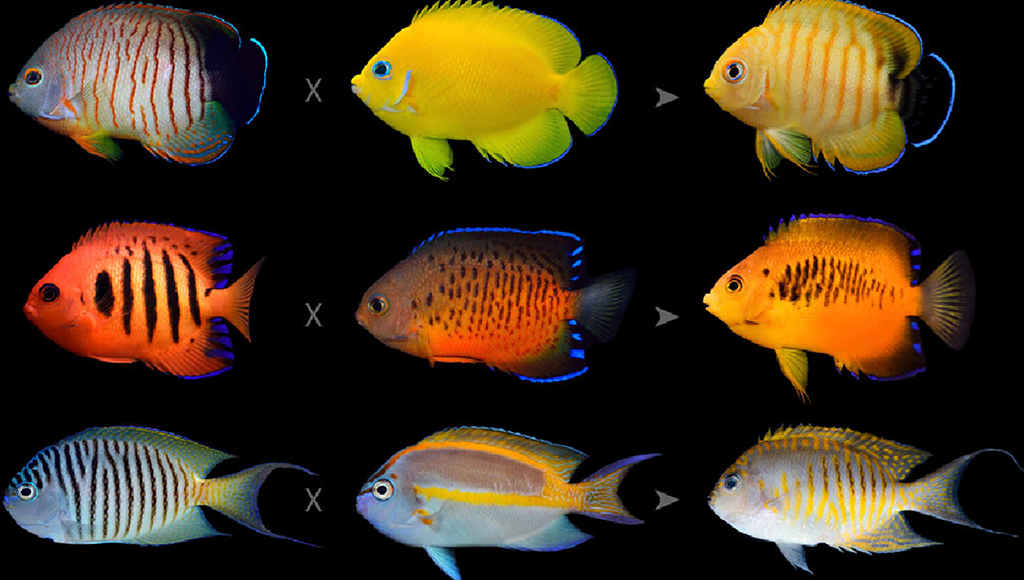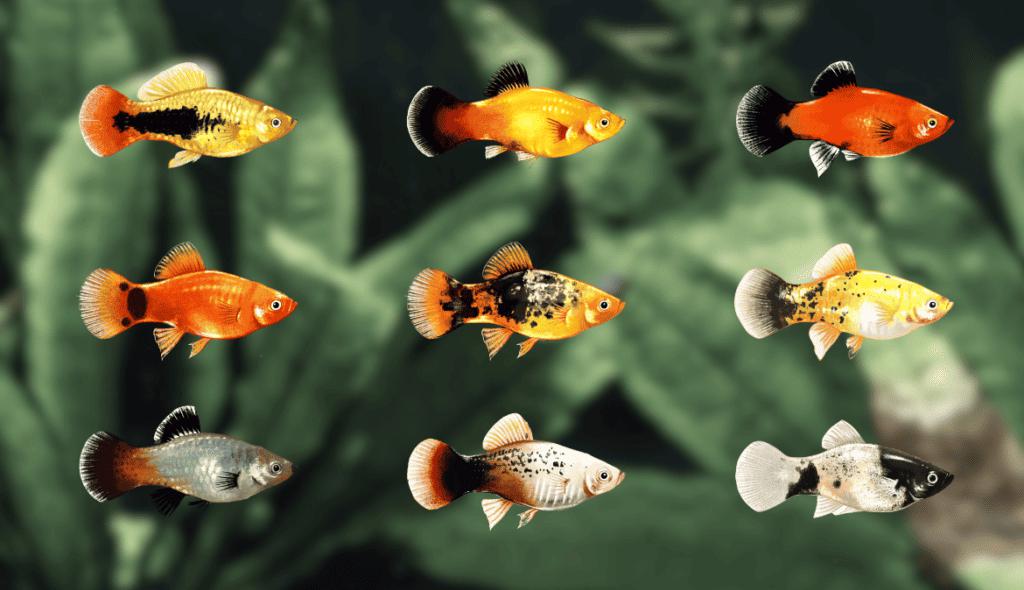Have you ever wondered whether your favorite aquarium fish are capable of engaging in a polyandry relationship? It is a question that has left many fish lovers scratching their heads for a long time. Although the concept of crossed aquarium fish may sound like one can create a new animal, several factors make crossbreeding very rare.
Content Table
In this blog post, let’s consider why fish species are special and discover the exciting world of aquarium fish breeds. We will look at the causes for species split, differences and similarities in fish, and details on the top five fish breeds kept in aquariums. Knowing all of them, we can admire the variety and beauty of the fish kingdom and try to preserve it in all its forms.
Can Different Species of Fish Breed
It’s important to know that some fish do mate and can produce offspring who are hybrids, although this isn’t the norm. Fertility in two species largely depends on their compatibility in genetic makeup, body features, as well as behavior.
Usually, the fish species that come from the same genus are likely to produce offspring as compared to species that come from different genera. For example, some of the species belonging to the same genus or family can interbreed, whereas fish belonging to different families can hardly form hybrids. Even in the case of members of the same family, these barriers exist in the form of variation in mating behaviors, courtship displays, or the breeding season.
Why Fish Species Diverged
The vast variety of fish is due to the evolution over millions of years. Several factors have contributed to the divergence of fish species, including several factors have contributed to the divergence of fish species, including:
Geographic Isolation: When there are barriers such as mountains rivers or even seas, the population of an individual species may be divided and start to develop separately. These isolated populations may, after a while, begin to develop unique features and grow into different species.
Ecological Specialization: Fish may specialize in fresh or salt water, or certain habitats in either type of water. Such modifications can cause genetic shifts that would better prepare the species for their specific roles in the ecosystem, which contribute to speciation.
Genetic Drift: Small changes in the gene frequency over the generations can explain shifts in a population. This can be particularly relevant in target populations if the population size is small, which makes accidental occurrences more influential.
Sexual Selection: The factor that one would prefer certain traits in the other makes for the evolution of a new species. For instance, females may choose with certain color or pattern and, in the long run, males of this type will increase in number, thus giving rise to a new species.

What Is Something That Makes Fish Species Distinctive
Aquarium fish come in a dazzling array of colors, shapes, and behaviors. Here are a few factors that can make a fish species distinctive:
Unusual Body Shapes
- Angler fish: Known for their bioluminescent lure, which they use to attract prey.
- Seahorses: Have a unique upright posture and a prehensile tail for grasping objects.
- Betta Fish: Have flowing fins that can be expanded and contracted, often used in courtship displays.
Vibrant Colors
- Neon Tetras: Tiny fish with a bright blue stripe running along their sides.
- Discus Fish: Have a circular body shape and are known for their beautiful, often iridescent colors.
- Clownfish: Typically orange with white stripes, they live in symbiotic relationships with anemones.
Unique Behaviors
- Cichlids: Many cichlid species exhibit complex social behaviors, including parental care and territoriality.
- Gouramis: Some gourami species can create bubble nests to protect their eggs.
- Pufferfish: Known for their ability to inflate their bodies to deter predators.
Specialized Adaptations
- Mudskippers: These fish can live both in and out of water, using their modified pectoral fins to “walk” on land.
- Electric Fish: Some fish, like the electric eel, can generate powerful electric shocks to stun prey or defend themselves.
Aquarium Fish Have Distinct Breeds
Siamese Fighting Fish (Betta Splendens)
- Renowned for: Their vibrant fins and aggressive territorial behavior, especially among males.
- Breed Variations: Come in a vast array of colors, including reds, blues, greens, and even metallic hues. Tail shapes can range from short and round to long and flowing.
Gourami
- Known for: Their labyrinth organs, which allow them to breathe air at the water’s surface.
- Breed Variations: Gouramis, like the Dwarf Gourami or Pearl Gourami, exhibit a variety of colors, body shapes, and fin patterns. Some have intricate markings or unique color combinations.
Guppies
- Renowned for: Their colorful tails and rapid breeding.
- Breed Variations: Guppies have been selectively bred for centuries, resulting in an incredible diversity of colors, patterns, and fin shapes. Popular breeds include the Moscow Blue, Leopard, and Cobra.
Cory Catfish
- They are known for: Their bottom-dwelling habits and distinctive barbells.
- Breed Variations: While Cory Catfish may not have as many color variations as other fish, they come in different sizes and shapes. Some species have unique patterns or markings.
Neon Tetra
- Renowned for: Their iridescent blue and red stripes.
- Breed Variations: While Neon Tetras don’t have many distinct breeds, their colors vary in intensity and clarity. Some individuals may have slightly different markings or body shapes.

The Last Word
Cross-breeding can be exciting, but is usually complicated by biological factors such as genetic and ethological differences. This variation in fish species has taken place over millions of years due to factors such as geographical barriers, resource partitioning, mutation, and selection. This way, we know why the fish developed these features and got accustomed to living in an aquarium environment.


Leave a comment